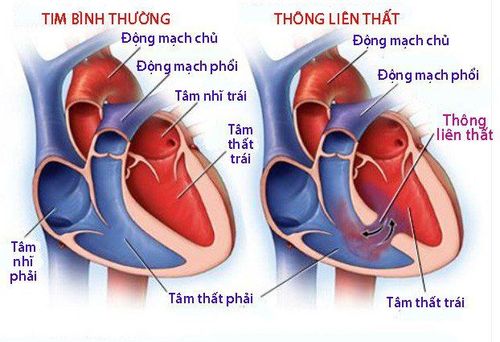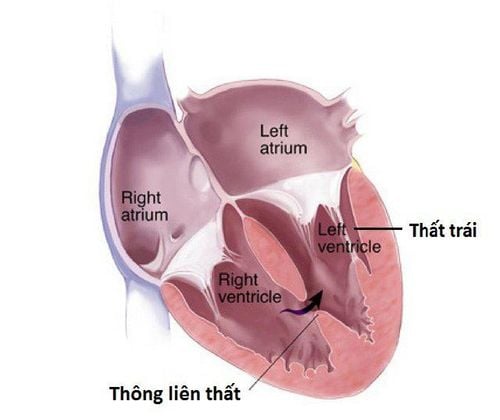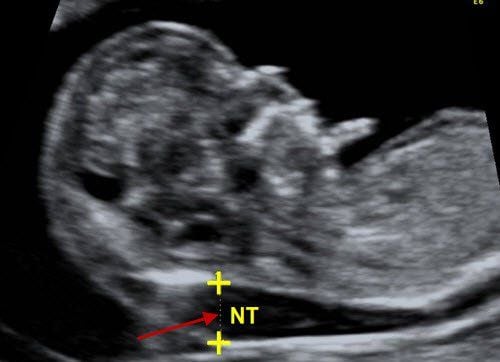This is an automatically translated article.
Video content is consulted by Assoc., PhD, BS. Vu Minh Phuc, Department of Pediatrics - Neonatology, Vinmec Central Park International General Hospital
According to statistics, congenital heart defects occur in about 1% of newborns. Most cases of congenital heart defects in the fetus are born and live to adulthood, of which the cause is unknown. Some may be hereditary, because the mother is infected with a virus or uses alcohol and drugs during pregnancy.
Congenital heart disease in the fetus is a condition in which the heart has malformations since it was in the fetus. The structure of the heart is defective, which affects the functioning and function of the heart, and the body's blood circulation is also abnormal.
Congenital heart disease in the fetus is classified as the most common type of birth defect, and it is also one of the leading causes of death in birth defects.
With the development of modern medicine, today congenital heart disease in the fetus can be detected through ultrasound technology at 18 weeks of gestation. According to research, congenital heart in the fetus can be caused by several causes:
Genetics. Due to fetal toxicity. Mother infected during pregnancy. Congenital heart surgery or congenital heart surgery is a commonly indicated treatment method, however, there are also cases where children do not need to have congenital heart surgery but are treated with other regimens such as percutaneous interventional cardiac catheterization. giúp tránh được cuộc mổ trên tim hở mà vẫn cho kết quả tương tự. Những thông tim can thiệp thường được sử dụng như:
Xé vách liên nhĩ; Nong van tim bị hẹp; Nong mạch máu bị hẹp; Đóng thông liên nhĩ, thông liên thất. Khi tổn thương từ bào thai quá nặng nề thì trẻ cần được phẫu thuật tim bẩm sinh càng sớm càng tốt gồm có:
Phẫu thuật tim bẩm sinh kín, áp dụng trong:
Cắt ống thông trong bệnh lý còn ống động mạch; Phẫu thuật cầu nối chủ - phổi; Thắt vòng động mạch phổi và phẫu thuật tim hở Phẫu thuật tim bẩm sinh hở, applies to :
C ác bệnh như thông liên thất, thông liên nhĩ, thông sàn nhĩ thất, cửa sổ chủ phổi Phẫu thuật chuyển gốc động mạch, phẫu thuật Mustard hoặc Senning để sửa chữa đảo gốc động mạch tại tầng nhĩ Phẫu thuật những bệnh tim có một thất duy nhất hoặc một thất chức năng Sau mổ tim bẩm sinh, một số bệnh có thể chữa khỏi hoàn toàn như thông liên thất, thông liên nhĩ, tứ chứng Fallot, còn ống động mạch, hẹp eo động mạch chủ, chuyển vị đại động mạch... Một số bệnh chỉ có thể chữa tạm thời như tim một thất, thiểu sản thất, các bệnh tim bẩm sinh phức tạp.
Tim bẩm sinh Fetal malformation is the most common malformation and the leading cause of death among birth defects. Today, with advances in diagnosis and treatment, the survival rate of complex congenital heart diseases has significantly increased, however, the disease needs to be diagnosed early and treated promptly.













